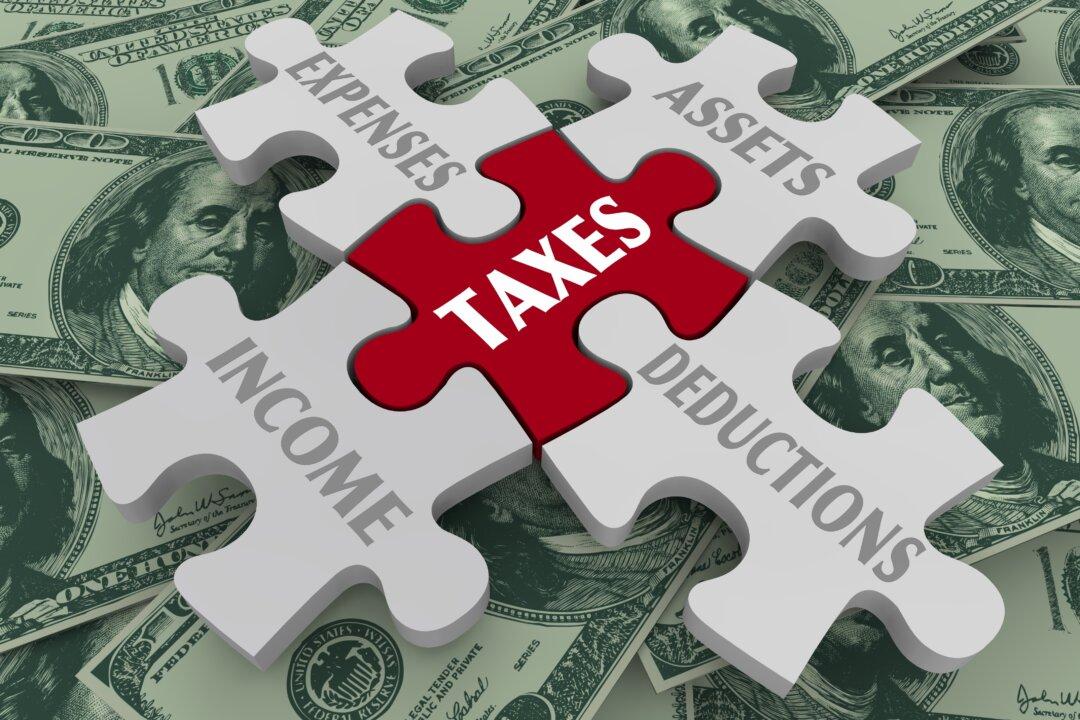Federal Tax-Filing Status
Choosing the wrong tax-filing status can mean incorrect tax calculations and potentially missing out on valuable credits and deductions. Here are some tips to avoid this mistake:- Familiarize yourself with the different filing statuses (single, married filing jointly, etc.).
- Ensure you meet the criteria for the filing status you choose. For example, to file as head of household, you must have a qualifying person and pay more than half the cost of maintaining a home for them.
- The IRS website offers tools like the Interactive Tax Assistant to help you determine the correct filing status.
Can You Claim Yourself as a Dependent?
You can’t claim yourself as a dependent. A tax-dependent is someone who you have supported at least 50 percent, like a child or another relative. A dependent is typically a qualifying child or relative who relies on you for financial support. Since you cannot be both the provider and the recipient of support in this context, you cannot claim yourself.Must We Pay Taxes on Our Unemployment Benefits?
Unemployment benefits are subject to federal income taxes and taxable in some states. You should receive Form 1099-G from your state unemployment agency, which shows the total amount of unemployment compensation paid to you and any federal income tax withheld.Child Tax Credit
For the 2024 tax year, the Child Tax Credit (CTC) is worth up to $2,000 per qualifying child. The refundable portion, known as the Additional Child Tax Credit, is up to $1,700. Here are the key eligibility requirements:- The child must be under 17 years old at the end of the year.
- The child must be your son, daughter, stepchild, eligible foster child, brother, sister, stepbrother, stepsister, half-brother, half-sister, or a descendant of one of these (e.g., grandchild, niece, nephew).
- The child must not provide more than half of their own financial support during the year.
- The child must have lived with you for more than half the year.
- You must properly claim the child as your dependent on your tax return.
- The child must be a U.S. citizen, U.S. national, or U.S. resident alien.
- The full credit is available if your annual income is below $200,000 (or $400,000 for joint filers). The credit amount begins to phase out above these thresholds.
- To claim the Child Tax Credit, you'll need to enter your children and other dependents on Form 1040 and attach a completed Schedule 8812, Credits for Qualifying Children and Other Dependents.
Difference Between Child Tax Credit and Dependent Care Credit
The Child Tax Credit (CTC) and the Dependent Care Credit (DCC) serve different purposes and have different eligibility criteria. The purpose of the CTC is to provide financial support to families with children under 17 years old. (See above for details).In summary, the CTC provides a direct credit for each qualifying child, while the DCC helps cover childcare expenses to enable parents to work. Both credits can provide significant financial relief but serve different needs.






